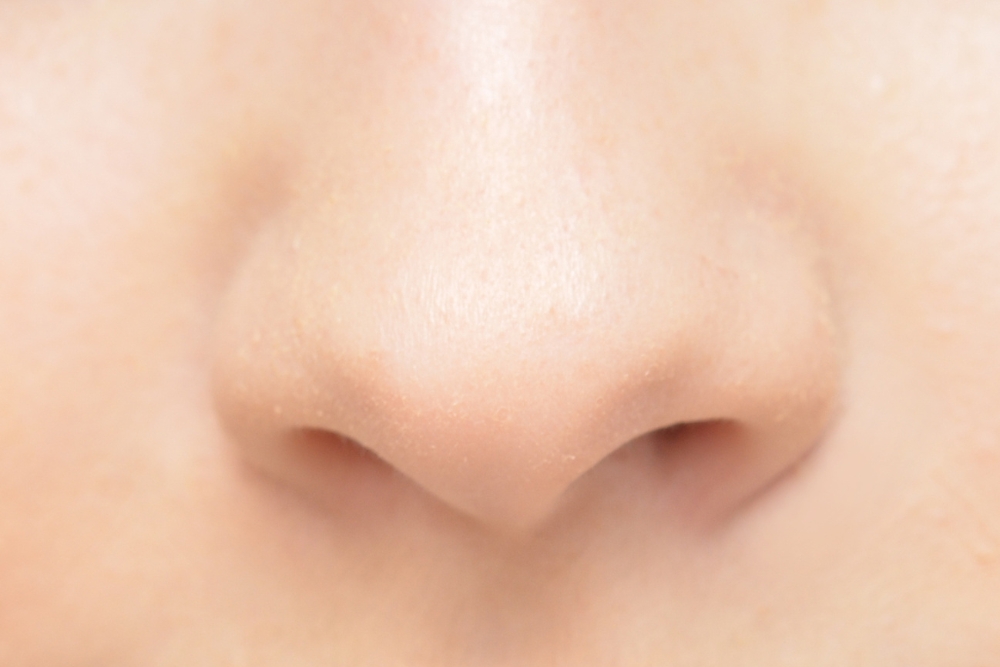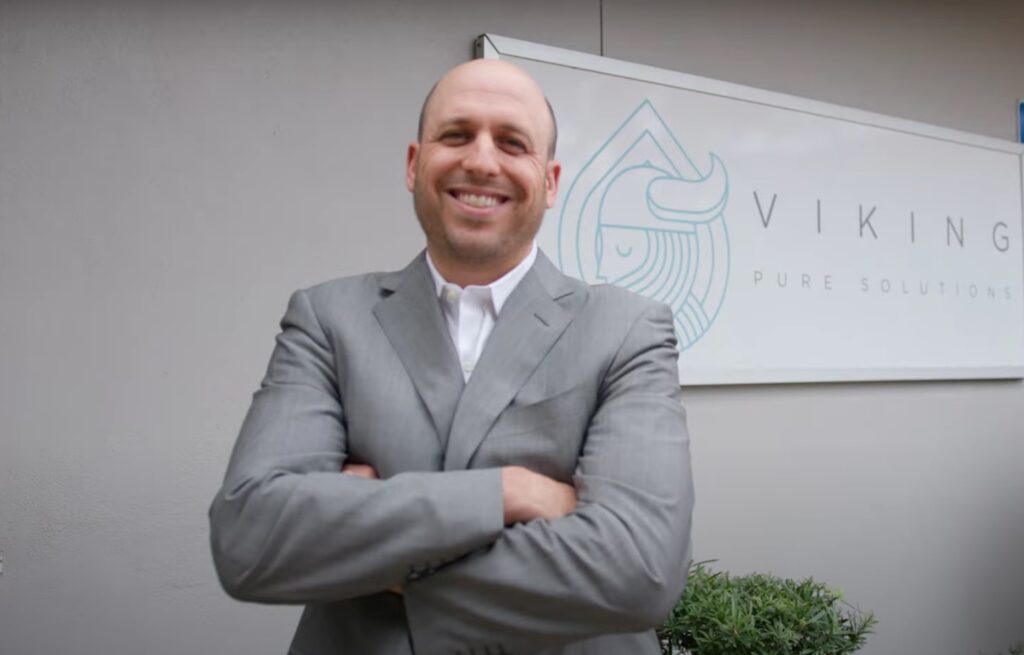Are Scents a True Indicator of Cleanliness?
Editor’s note: FM Perspectives are industry op-eds. The views expressed are the authors’ and do not necessarily reflect those of Facilities Management Advisor.
For many of us, the smell of lemon, pine, or even bleach is synonymous with cleanliness. We’ve been conditioned to believe that these scents are proof of a clean environment. However, the truth is far more complicated—and potentially harmful. The “clean” smell we associate with a freshly sanitized space often masks a darker reality: the masking of mold and other dangerous substances and the presence of toxic ingredients that can pose significant risks to our health.

The Hidden Risks of Masking Odors
To understand how fragrances mask odors, it’s helpful to look at how they interact with our sense of smell. Fragrances don’t neutralize odors; instead, they temporarily overwhelm our olfactory senses, making it harder for us to detect less pleasant smells. This is achieved by adding chemicals called “odor counteractants” or “masking agents” that mix with and diffuse the offensive odors in the air, creating the illusion of a clean environment.
While this might seem like an effective solution, it’s often only temporary. As the fragrance fades, the unpleasant smells tend to resurface. Meanwhile, the underlying cause of the odor—whether it be mold growth, lingering bacteria, or accumulated soil—remains untreated.
When fragrances mask rather than eliminate odors, they can create a false sense of cleanliness and comfort. This can have serious implications, especially in environments where hygiene is critical, such as hospitals, schools, or food preparation areas. For example, masking the smell of mold with a strong fragrance doesn’t address the mold’s presence, which can lead to respiratory problems and other health issues over time.
Fragrances themselves can also introduce new risks. Many contain phthalates and other chemicals that can cause respiratory irritation, headaches, or skin reactions. Prolonged exposure to these substances, especially in confined or poorly ventilated spaces, can exacerbate existing health conditions like asthma or allergies.
The Scent Deception: How Marketing Shaped Our Perception of Cleanliness
The association of specific scents with cleanliness is a relatively modern development fueled primarily by marketing. Cleaning product manufacturers have spent millions crafting campaigns that link scents like lemon, pine, or bleach with the idea of a clean, healthy home. Over time, these scents became a sensory shortcut for cleanliness, even though they have little to do with a space being genuinely clean.
Citrus scents are often added to cleaning products because they evoke feelings of freshness and vitality. Pine scents have long been associated with disinfecting power due to their strong, natural aroma. Meanwhile, the sharp, distinct odor of bleach has become synonymous with sterilization and the eradication of germs. But these scents often mask the presence of harmful chemicals rather than indicating the absence of dirt and germs.
The Hidden Dangers: Toxic Ingredients in Common Cleaning Products
Many popular cleaning products contain toxic ingredients, including volatile organic compounds (VOCs). VOCs are chemicals that easily evaporate at room temperature and can significantly impact indoor air quality. Common VOCs found in cleaning products include formaldehyde, benzene, and toluene—substances that have been linked to respiratory issues, headaches, eye and skin irritation, and even more severe conditions like asthma or cancer over long-term exposure.
The strong “natural” scents of citrus or pine in these products are often achieved through synthetic fragrances, which are not always listed on labels, as companies are not required to disclose them due to trade secret protections.
The Impact on Health: What the Research Says
Research has shown that regular exposure to VOCs and other toxic chemicals in cleaning products can have significant health effects. According to the American Lung Association, many cleaning supplies or household products can irritate the eyes or throat, cause headaches, and other health problems, including cancer. Studies have also shown that using cleaning sprays and other products once a week can raise the risk of developing asthma symptoms.
Furthermore, the Environmental Working Group (EWG) reports that many cleaning products release harmful substances that contribute to indoor air pollution at concentrations two to five times higher—and occasionally up to 100 times higher—than typical outdoor concentrations. This is particularly concerning considering that people spend up to 90% of their time indoors, where air pollution levels are often much higher than those found outside.
Moving Beyond the Myth: A New Approach to Cleanliness
It’s time to rethink what “clean” means. True cleanliness is about removing dirt, bacteria, and viruses, not masking them with a pleasant scent. We need to shift away from relying on harsh chemicals and artificial fragrances and toward safer, non-toxic alternatives that clean effectively without posing a risk to our health.
As awareness grows about the health and environmental impacts of traditional cleaning products, more companies are seeking alternatives that are safer for their employees, customers, and the planet. One of the best ways to ensure a product is truly safe and environmentally friendly is to choose non-toxic cleaners that have been certified by reputable organizations such as Green Seal. This shift toward greener cleaning products isn’t just good for health and the environment—it’s also a smart business decision.
Green Seal is a nonprofit organization that has been setting rigorous environmental standards for products and services since 1989. The Green Seal certification process evaluates products based on a wide range of criteria, including their toxicity, biodegradability, and impact on indoor air quality. Products that earn the Green Seal must meet strict requirements, proving they are effective, safer for human health, and environmentally responsible.
By switching to non-toxic, Green Seal-certified cleaners, companies can significantly reduce these risks, creating a healthier workplace for their employees. This is especially important for cleaning staff who are exposed to these products regularly. When employees feel that their health and safety are prioritized, it can lead to higher morale, lower absenteeism, and increased productivity.
Consumers today are more informed and conscientious about the products they use and the companies they support. They are increasingly drawn to businesses that demonstrate a commitment to sustainability and health. By using Green Seal-certified cleaners, companies can also showcase their dedication to these values, enhancing their brand reputation and building trust with customers.
Promoting the use of non-toxic cleaning products can be a valuable differentiator in a crowded market, especially in sectors where health and safety are paramount. It can also appeal to eco-conscious consumers who prioritize businesses that align with their values.
Redefining Clean for a Healthier Future
As a society, we must move beyond the conditioning that equates strong, artificial scents with cleanliness. Clean shouldn’t have a smell—it should simply be free of contaminants that threaten our health. By embracing non-toxic cleaning alternatives, we can protect ourselves and our loved ones from the hidden dangers lurking behind those familiar scents.
Switching to safer, scent-free cleaning products can significantly improve indoor air quality, reduce exposure to harmful chemicals, and promote overall well-being. The next time you clean, consider what you’re really smelling—and whether it’s truly clean.

Joshua Schwartz is the president and co-founder of green cleaning product company Viking Pure Solutions.
The post Are Scents a True Indicator of Cleanliness? appeared first on Facilities Management Advisor.

